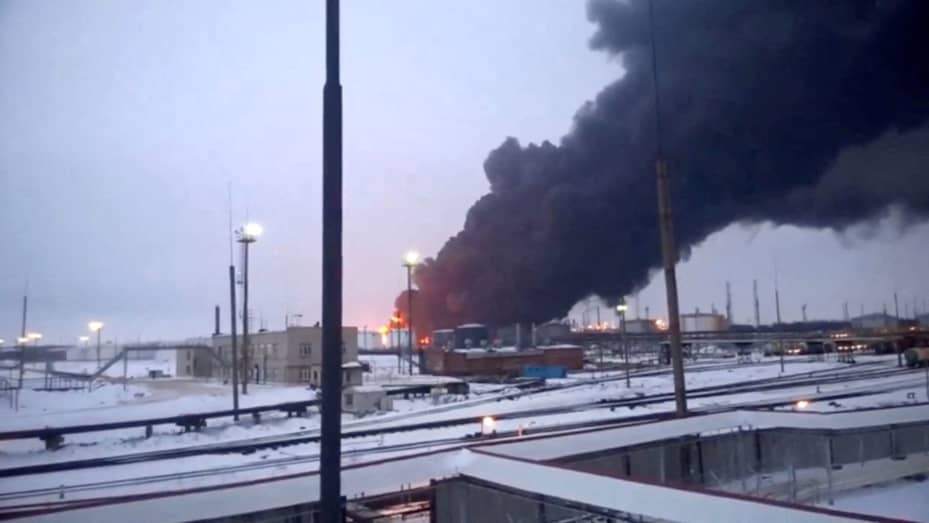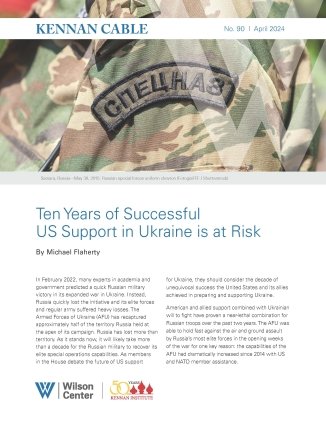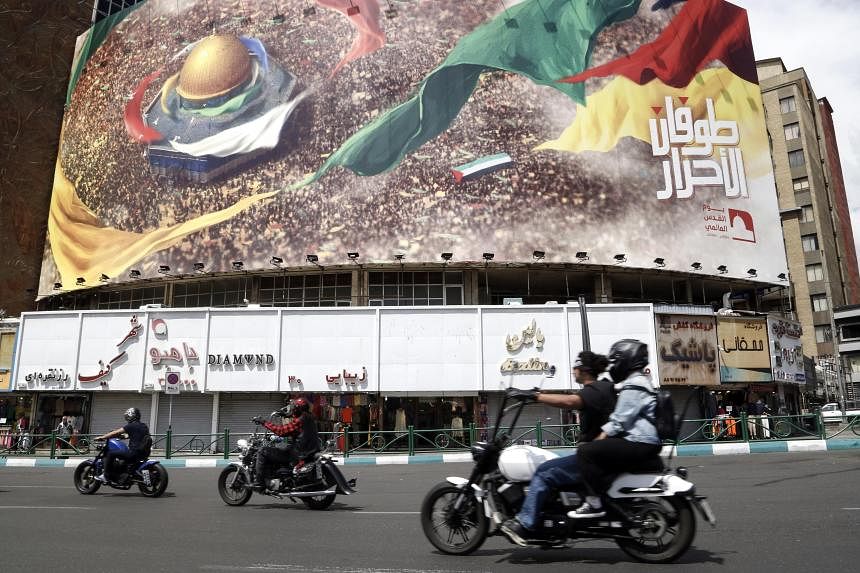Zachary Abuza

The State Administrative Council, as the junta is formally known, was shaken by the incursion of some 29 drones flown into Naypyitaw on April 4 that targeted the military headquarters, the Aye Lar airbase and leader Min Aung Hlaing’s palatial residence.
None did significant damage and the military claims to have brought down 13 drones. Anti-junta rebel forces claimed to have caused five casualties.
While there was little physical damage, the psychological impact is more important. Naypyitaw is the impregnable fortress of the State Administrative Council, or SAC. That’s why and how it was built. It’s the physical manifestation of the mental bubble that the generals live in.
As Kyaw Zaw, the presidential spokesman for the shadow National Unity Government, said, “With this attack on their nerve center, Naypyitaw, we want to highlight that they don’t have a safe place.”
Immediately, the SAC announced that it was redeploying troops to Naypyitaw.
But more importantly, the drone attacks are sapping the military’s already depleted morale. More officers will be scapegoated for allowing the incursion. The remainder will be spending more of their time trying to get their ill gotten gains out of the country.
And morale has been ebbing quickly. Around the country, the military is spread thin and continues to suffer significant setbacks.
The military has been unable to retake any territory that it lost in northern Shan state since the Three Brotherhood Alliance launched its Operation 1027 offensive in October.











